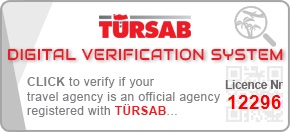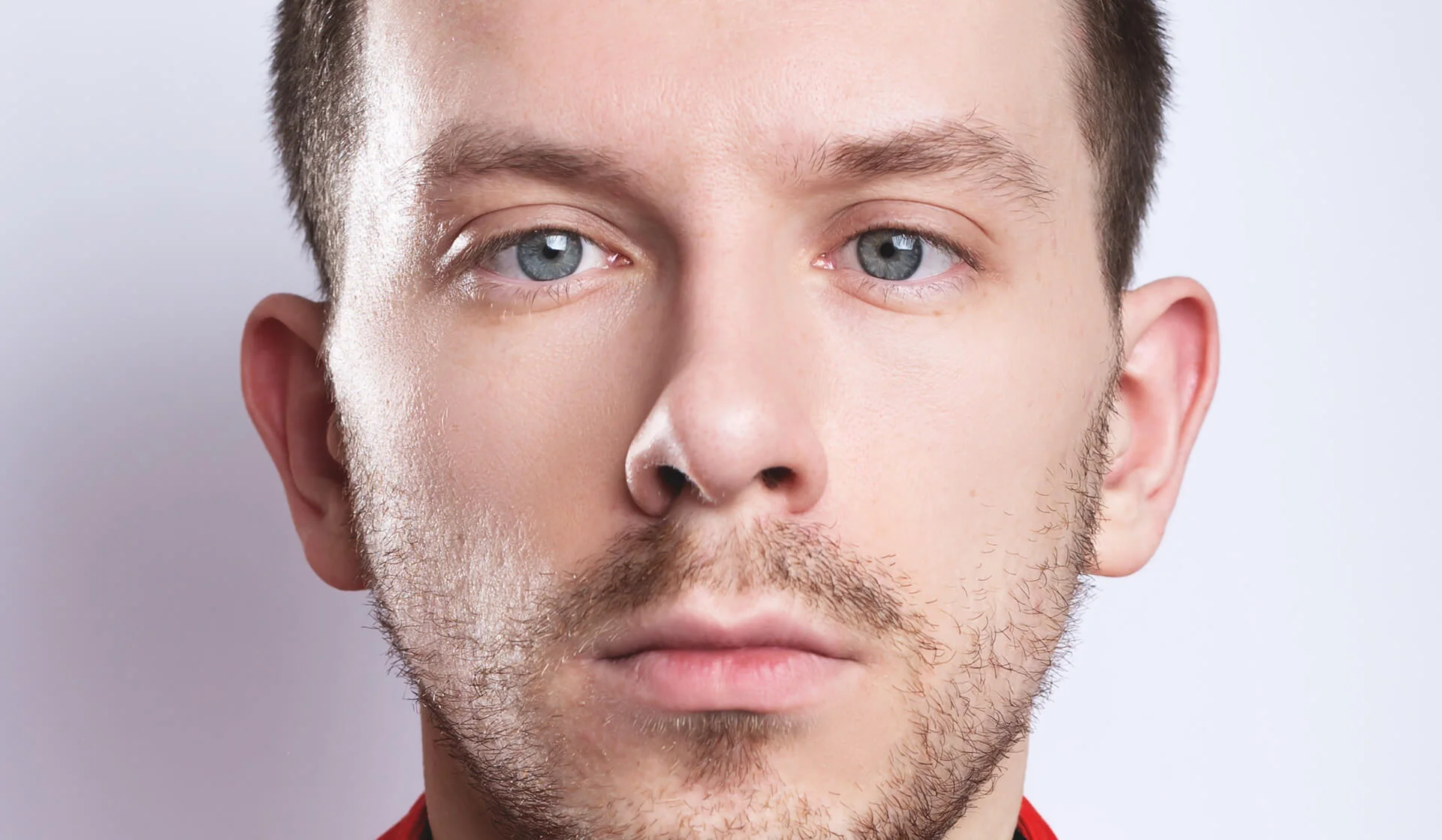Strabismus, commonly known as a squint or cross-eye, is a condition where the eyes do not properly align with each other when looking at an object. This misalignment can be constant or intermittent, affecting one or both eyes, and can manifest in various forms, including esotropia (inward turn), exotropia (outward turn), hypertropia (upward turn), or hypotropia (downward turn). Beyond its cosmetic implications, strabismus can significantly impair vision, leading to double vision (diplopia), reduced depth perception, and in children, amblyopia (lazy eye), a condition where the brain learns to ignore the visual input from the misaligned eye. While non-surgical treatments like eyeglasses, prism lenses, and vision therapy can be effective for some forms of strabismus, strabismus surgery remains the most definitive treatment for correcting significant eye misalignment. This procedure aims to restore proper eye alignment, improve binocular vision, and alleviate symptoms such as double vision. For many, it represents a profound opportunity to enhance both visual function and quality of life.
Table of Contents
Understanding Strabismus: A Medical Perspective
Strabismus is a complex neuro-ophthalmological disorder. The brain’s ability to fuse two distinct images from each eye into a single, three-dimensional perception (binocular vision) is compromised when the eyes are misaligned. In adults, this often leads to immediate diplopia. In children, however, the developing visual system may adapt by suppressing the image from the misaligned eye, leading to amblyopia without the child necessarily complaining of double vision. This adaptive mechanism underscores the importance of early detection and treatment in pediatric populations.
Types of Strabismus
- Esotropia: The eye turns inward. This is often seen in infants (infantile esotropia) or in older children and adults due to accommodative factors (accommodative esotropia) or other causes.
- Exotropia: The eye turns outward. This is often intermittent, particularly when tired or looking into the distance, but can become constant.
- Hypertropia/Hypotropia: The eye turns upward (hypertropia) or downward (hypotropia). These vertical deviations are less common than horizontal ones but can be particularly debilitating, causing head tilts and persistent double vision.
- Cyclotorsion: A rotational misalignment of the eyes. This type of strabismus can be more challenging to diagnose and treat.
Diagnostic Process
The diagnostic journey for strabismus involves a comprehensive ophthalmic examination. This includes:
- Visual acuity assessment: To determine the sharpness of vision in each eye.
- Refraction: To check for refractive errors like farsightedness, nearsightedness, or astigmatism.
- Cover-uncover test: A fundamental test to detect the presence and type of strabismus.
- Ocular motility examination: To assess the movement of each eye in all gaze directions.
- Stereoacuity testing: To evaluate depth perception and binocular function.
- Fundus examination: To rule out any underlying retinal or optic nerve pathology.
Strabismus Operations: Surgical Principles
Strabismus operations aim to either strengthen or weaken specific extraocular muscles to achieve proper eye alignment. The surgeon carefully adjusts the tension of these muscles, which are responsible for moving the eye in different directions. The procedure is typically performed under general anesthesia, though local anesthesia with sedation may be used in some adult cases, particularly with adjustable sutures.
Surgical Techniques
- Recession: This technique weakens a muscle by detaching it from its original insertion point on the eyeball and reattaching it further back. This effectively reduces the muscle’s pulling power.
- Resection: This technique strengthens a muscle by shortening it. A section of the muscle is removed, and the remaining muscle is reattached to its original insertion point, increasing its tension and pulling power.
- Plication: Similar to resection, but instead of removing a section, the muscle is folded and sutured to shorten it, increasing its effective tension.
- Adjustable Sutures: In some adult cases, adjustable sutures may be used. These allow the surgeon to fine-tune the eye’s alignment in the immediate post-operative recovery strabismus surgery period, often within 24 hours of the initial surgery, while the patient is awake. This technique enhances the precision of the alignment and can improve outcomes, particularly in complex cases or reoperations.
Research published in the *Journal of Pediatric Ophthalmology and Strabismus* on systematic reviews of strabismus surgery outcomes consistently highlights high success rates, with the majority of patients achieving improved ocular alignment and enhanced binocular vision. One such review emphasized that while initial surgical success rates are high, a small percentage of patients may require further intervention due to persistent or recurrent deviation, underscoring the importance of tailored surgical planning and meticulous follow-up care.
Strabismus Surgery in Turkey: A Premier Choice for International Patients
Turkey has emerged as a leading destination for medical tourism, offering world-class healthcare services, state-of-the-art facilities, and highly skilled medical professionals at a fraction of the cost found in many Western countries, including the United Kingdom. For those considering strabismus surgery, Turkey provides an compelling alternative, combining quality care with significant financial savings.
Why Choose Turkey for Strabismus Surgery?
- Expert Surgeons: Turkish ophthalmologists specializing in strabismus are often internationally trained and possess extensive experience in complex eye alignment procedures.
- Advanced Technology: Hospitals in Turkey are equipped with the latest diagnostic and surgical technologies, ensuring precise and effective treatment.
- Reduced Waiting Times: Unlike the NHS in the UK, where waiting lists for specialist procedures can be lengthy, private clinics in Turkey offer prompt access to consultations and surgery.
- Affordable Costs: The cost-effectiveness of medical procedures in Turkey is a primary driver for international patients. Patients can often save 50-70% compared to private treatment in the UK, without compromising on quality.
- All-Inclusive Packages: Many clinics offer comprehensive packages that include accommodation, airport transfers, and interpreter services, simplifying the patient journey.
Comparing Strabismus Surgery: Turkey vs. United Kingdom
Patients from the United Kingdom often face significant costs and waiting lists for strabismus treatment. Turkey presents a highly attractive option, not only for the cost savings but also for the efficiency and high standards of care. When considering options, it is vital to assess not just the immediate surgical fee, but the overall value, including post-operative care and patient support.
| Service/Item | Turkey Price (GBP) | UK Private Price (GBP) |
|---|---|---|
| Initial Consultation | £50 – £100 | £150 – £300 |
| Strabismus Surgery (one eye) | £2,000 – £3,500 | £5,000 – £8,000 |
| Strabismus Surgery (both eyes) | £3,500 – £6,000 | £8,000 – £12,000 |
| Post-operative Follow-up | Included in package | £100 – £200 per visit |
These figures are estimates and can vary based on the complexity of the case, the specific clinic, and the surgeon’s experience. However, they consistently demonstrate the substantial financial advantage of undergoing Strabismus Surgery in Turkey.
The Surgical Journey and Post-Operative Recovery
The decision to undergo a squint surgery is an important one, and understanding the entire process from preparation to full recovery is crucial.
Preparing for Your Strabismus Operation
- Initial Consultation and Assessment: This involves a thorough eye examination, discussion of medical history, and detailed imaging to plan the precise surgical approach.
- Medical Clearance: You may need to undergo general health checks to ensure you are fit for general anesthesia.
- Medication Review: Discuss all current medications with your surgeon. You may need to stop certain medications, such as blood thinners, prior to surgery.
- Travel Arrangements: Plan your travel and accommodation, ensuring you have adequate time for recovery before flying back home.
- Ask Questions: Do not hesitate to clarify any concerns with your surgical team. Understanding the procedure will alleviate anxiety.
The Day of Surgery
On the day of the strabismus operation, you will be admitted to the hospital. The surgical team will prepare you for the procedure, which typically lasts between 45 minutes to 2 hours, depending on the number of muscles requiring adjustment. General anesthesia ensures you will be comfortable and unaware during the surgery. After the procedure, you will spend some time in a recovery room under observation as the anesthesia wears off.
Post-Operative Recovery Strabismus Surgery
Post-operative recovery strabismus surgery generally involves a relatively short hospital stay, often just one day. The eyes may be red, swollen, and feel gritty or sore. Mild discomfort is common and can be managed with prescribed pain relievers. It is normal to experience some degree of double vision immediately after surgery, which typically resolves as the eyes adjust to their new alignment.
- First Few Days (Week 1): Keep your eyes clean and avoid rubbing them. You will be given antibiotic eye drops to prevent infection and anti-inflammatory drops to reduce swelling. Avoid strenuous activities, heavy lifting, and swimming. Wearing sunglasses outdoors is recommended to protect sensitive eyes.
- Weeks 2-4: Most of the redness and swelling should subside. You can gradually resume light activities. Avoid eye makeup and contact lenses during this period. Follow-up appointments are crucial to monitor healing and eye alignment.
- Month 1 onwards: Full recovery usually takes several weeks to a few months. Most patients experience significant improvement in eye alignment and visual function. Vision therapy may be recommended in some cases to further enhance binocular vision and depth perception.
| Factor | Turkey (Medical Tourism) | United Kingdom (Private) |
|---|---|---|
| Cost | Significantly lower (50-70% less) | Higher |
| Waiting Times | Minimal to none | Can be significant |
| Accessibility | Easy access, packages often include travel/accommodation | May require longer booking processes |
| Quality of Care | High-standard, internationally accredited facilities | High-standard, established healthcare system |
| Language Barrier | Interpreters readily available | Generally not an issue |
| Post-Op Support | Comprehensive, often included in packages | Varies by clinic/surgeon |
CK Health Turkey: Your Partner for Strabismus Correction
At CK Health Turkey, we understand the importance of clear vision and aesthetic alignment. We specialize in facilitating access to leading ophthalmic surgeons and state-of-the-art medical facilities for international patients seeking strabismus surgery. Our commitment is to provide a seamless and supportive medical journey, from your initial inquiry to your post-operative care.
We collaborate with highly reputable hospitals in Turkey, renowned for their expertise in eye care and exceptional patient outcomes. Our tailored approach ensures that each patient receives a personalized treatment plan, incorporating the most advanced surgical techniques available. Patients travelling for medical procedures frequently praise the comprehensive care and luxurious facilities available, particularly in medical hubs like Antalya’s Medical Trend: Premier Global Health Destination.
Choosing CK Health Turkey means opting for a trusted partner who prioritizes your health, safety, and satisfaction. Beyond strabismus correction, we also facilitate a wide array of other medical procedures, from Plastic Surgery Turkey to complex orthopaedic treatments, ensuring comprehensive care for all your health needs. We are dedicated to making world-class medical treatment accessible and affordable for patients worldwide, particularly those from the UK seeking high-quality care without the prohibitive costs.
Is strabismus surgery permanent?
While strabismus surgery is often highly effective in correcting eye alignment, there is a small possibility that the eyes may drift out of alignment again over time. This can occur due to various factors, and some patients may require a second surgery. However, for the majority, the results are long-lasting.
What are the risks associated with strabismus surgery?
As with any surgical procedure, there are potential risks, though they are generally low. These include infection, excessive bleeding, adverse reaction to anesthesia, temporary or permanent double vision, vision loss (very rare), and under- or over-correction of the eye alignment.
Will I need glasses after strabismus surgery?
Strabismus surgery corrects the alignment of the eyes; it does not typically correct refractive errors like nearsightedness or farsightedness. Therefore, if you required glasses for vision correction before the surgery, you will likely still need them afterwards.
How long do I need to stay in Turkey for strabismus surgery?
Most patients are advised to stay in Turkey for approximately 7-10 days. This allows for the initial surgery, a crucial post-operative check-up, and sufficient time for early recovery before travelling back home. Your specific itinerary will be discussed during your consultation.
Is strabismus surgery painful?
The surgery itself is performed under general anesthesia, so you will not feel any pain during the procedure. Post-operatively, you may experience some discomfort, soreness, or a gritty sensation in the eyes, which can be managed with prescribed pain medication and eye drops.
Can strabismus surgery improve my vision?
While the primary goal of strabismus surgery is to correct eye alignment, it can indirectly improve vision, especially in children with amblyopia if treated early enough. In adults, it can significantly reduce or eliminate double vision, thereby improving functional vision and comfort.
What is the age limit for strabismus surgery?
There is no strict age limit for strabismus surgery. It can be performed on infants, children, and adults. The decision to operate depends on the individual’s overall health, the type and severity of strabismus, and the potential benefits of the surgery.
What factors are compared when choosing between Turkey and the UK for strabismus surgery?
| Factor | Turkey (Medical Tourism) | United Kingdom (Private) |
|——–|————————–|————————–|
| Cost | Significantly lower (50-70% less) | Higher |
| Waiting Times | Minimal to none | Can be significant |
| Accessibility | Easy access, packages often include travel/accommodation | May require longer booking processes |
| Quality of Care | High-standard, internationally accredited facilities | High-standard, established healthcare system |
| Language Barrier | Interpreters readily available | Generally not an issue |
| Post-Op Support | Comprehensive, often included in packages | Varies by clinic/surgeon |
This comparison highlights the compelling advantages Turkey offers for international patients seeking high-quality, affordable strabismus surgery.



